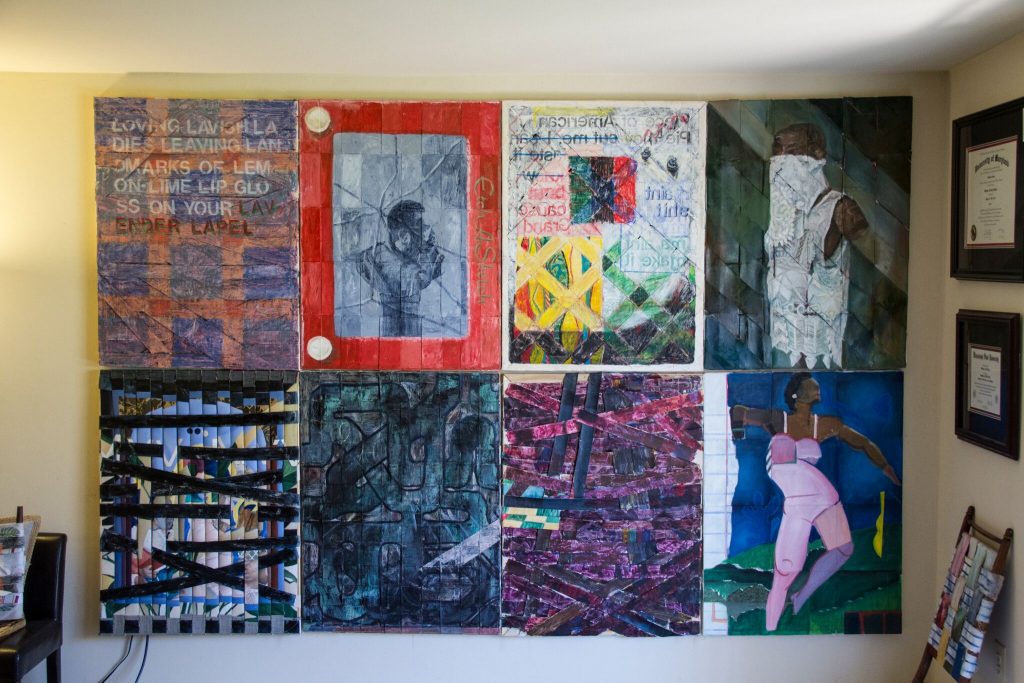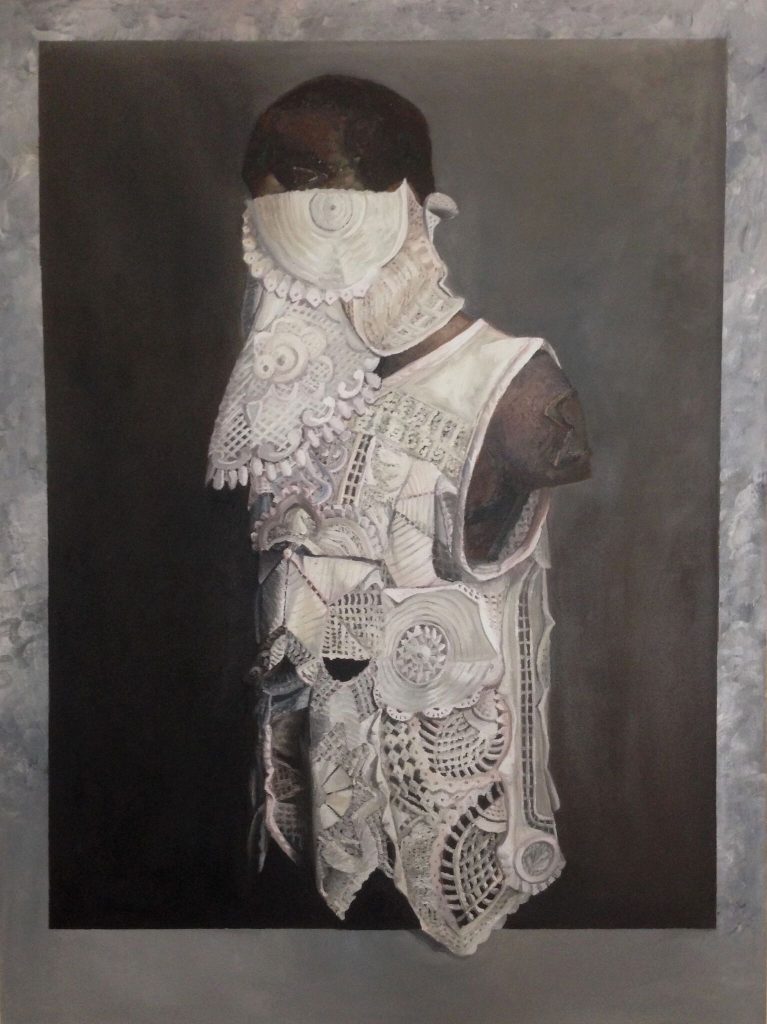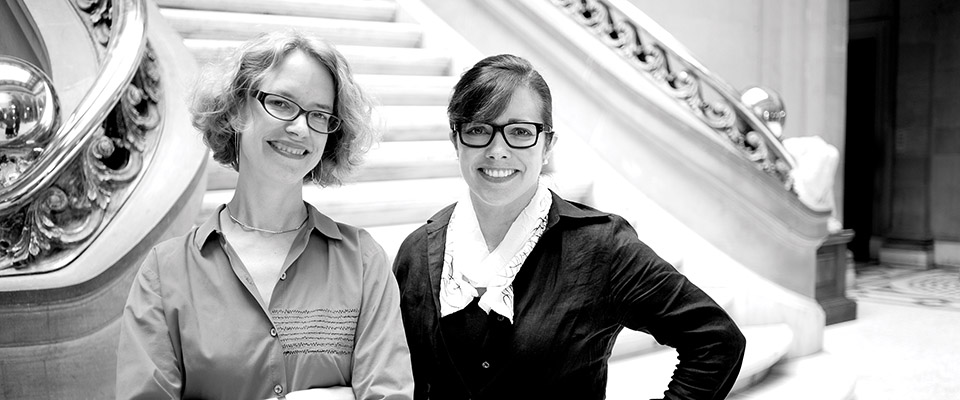An Interview with Michael Booker by Paul Shortt
Michael Booker is a painter who combines his personal history and memory with the the history of painting and African American culture. Working in a mix of figuration and abstraction, he often cuts apart his paintings and reconstructs them into new narratives. At the core of his work is an investigation into memory and creating new truths.
Raised in the South, Booker attended the University of Maryland and earned his MFA in Studio Art in 2012. He is currently an Assistant Professor of Art at Montgomery College in Takoma Park, MD.

In your previous paintings your work was more figurative and realistic. Can you tell me what brought about the change in your recent paintings?
It’s something I have been fighting for quite some time. In my older paintings, I was merging imagery from old family photos to tell stories, but I felt I was sticking too closely to the source. It was hindering me from creating my own truths I am searching for.
I am still using the figure, and an element of realism still exist, but I’m now converting the figure to sculptures in my paintings. My work is heavy in nostalgia, so using busts/sculptures to represent the figure, myself in particular, locks the moment into a certain period in time, and also legitimizes them. It gives them a certain importance, whether warranted or not. As time passes, the sculptures still stand, with the addition of the effects of time. I like to think of them as a temporary permanence, because eventually they will rust, corrode, crack and break, and fall…
Pattern and quilt making have been a part of your practice for the past few years. Can you talk about this aspect of your work?
Growing up in Mississippi, my grandmother made quilts and would often give them to my sister and I. My mother talked about how she was taught quiltmaking in the 3rd grade. I didn’t really think much of it until I moved away from home to get my MFA at University of Maryland. Being away from home finally made me see Mississippi in a different light. Those quilts became a symbol of home. To me, quilts are fragments of memories pieced together to form a new symbol of all of those experiences combined.
Historically, it was believed that quilts were used on the Underground Railroad to send messages to the traveling slaves. Since most slaves couldn’t read, different patterns in quilts would give the slaves directions to follow, or warn them of upcoming troubles. Recently, historians are saying that may have been false, and quilts may have not been used that way. Since back then, everything was passed down orally, there isn’t much written evidence to support. That has affected how I think about how stories are told over time. How certain stories are retained, how certain stories are changed, and how certain stories are lost.
In some recent paintings, I’ve been weaving strips of canvas to create patterns and texture.

In stitching and sewing your paintings you mentioned getting help from your mother. I’m curious to learn how if that dialogue affected the outcome of the paintings?
Well my mother generally doesn’t understand my work, but she loves and supports me, so she loves it. I went home for the Christmas holidays and brought a sack of doilies with me. I told her I needed her help and sewing these doilies into a tank top, for a painting I wanted to do. Of course, she had no idea why, but proceeded to help me anyway.
Working on it with her reinforced my appreciation for craft, and making something of your own that would have not existed before. And her passing that knowledge down to me, that interaction, that collaboration, made it feel more important. The impact of passing down knowledge. I started thinking about Faith Ringgold and her mother, how they worked on pieces together.
How does teaching affect your paintings or art practice?
It has forced me to learn more about craft and technique, and expanding general painting knowledge. Before teaching, I may have not been too concerned over basic things I should have learned a long time ago, such as the difference between Titanium White vs Zinc White for example. But now, I have to at least seem like I know what I am talking about, so I research, a lot.
I’m teaching a Painting class this summer, and I try to show them a minimum 2 painters a day. It’s usually a mix of both contemporary artists and the Old Masters of the past, and then connect them to whatever we are working on in class. We point out different techniques they are using and theorize how they think the painting is made. It has provided a dialogue for me to supplement the constant inner dialogue about painting.

Do you have any upcoming exhibitions?
I have a solo exhibition titled “The Huntview Sculpture Garden” opening at Arlington Arts Center this October with the fall solos. I will also be in a group show at DCAC on October 21st, and a group show at Flashpoint Gallery in February 2017.
For more info about future shows and everything else (and to add a shameless plug), my website is michael-booker.com, and I can be found on Instagram @mabooker-art.
*****
Author Paul Shortt is a visual artist, writer and arts administrator. He received his MFA in New Media Art from the University of Illinois at Urbana-Champaign and his BFA in Painting from the Kansas City Art Institute. He was formerly the Registry Coordinator and Program Assistant at Maryland Art Place. He is currently the New Media Curator for Arlington Cultural Affairs in Arlington County, VA and lives in Washington, DC.






